Taking an environmentally sensitive approach to pest management
Getting a Better Handle on the Condition of the Wheat Crop
Published: March 21, 2017
The condition of the wheat crop is more evident this week with the warmer temperatures we had over the weekend and especially Monday. The wheat crop varies in development between areas in the state and may vary from field to field in the more impacted areas. The further along the wheat crop, the more it may be impacted by the cold temperatures we experienced last week. In 2007, when we had the Easter freeze on April 7th of that year, we observed great differences in the wheat from Northern Missouri to the Bootheel and SW MO. That year the freeze came several weeks later on more developed wheat, the recent freeze had extremely cold temperatures, but the growth stage is the big factor in how much cold can be tolerated. See IPM Newsletter from March 9th: https://ipm.missouri.edu/croppest/2017/3/Understanding_Wheat_Growth_Stages_for_Estimating_Wheat_Freeze_Injury/
Wheat in Missouri, from Central to Northern portions, was not yet jointed and appears to have tolerated the freeze very well. This year, as in 2007, the major concern is on the jointed wheat in the southern portions of the state. Below are some of the observations from 2007, and what to look for as you evaluate the wheat crop this season:
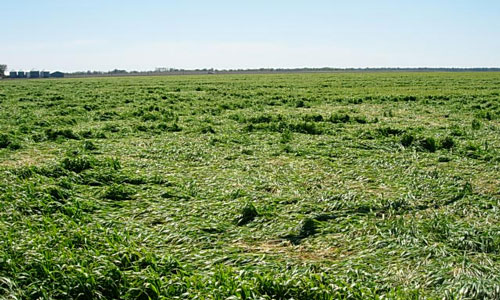
figure 1: Lodged wheat field from SW Missouri in 2007 following heavy rain after the Easter freeze.
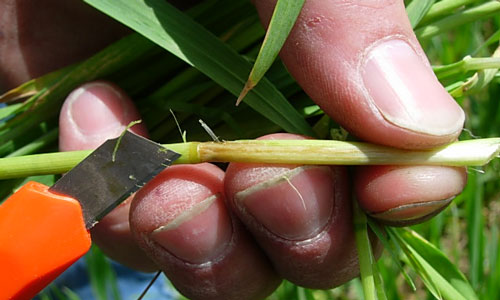
figure 2: using a box cutter to evaluate stem and head damage.
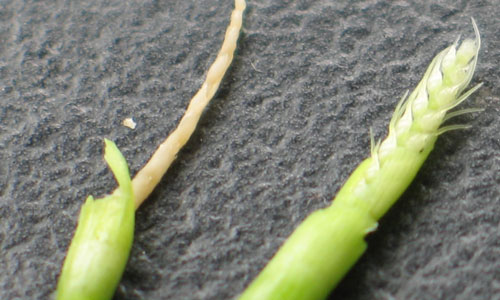
figure 3: bad wheat head (left) next to a good wheat head (right)
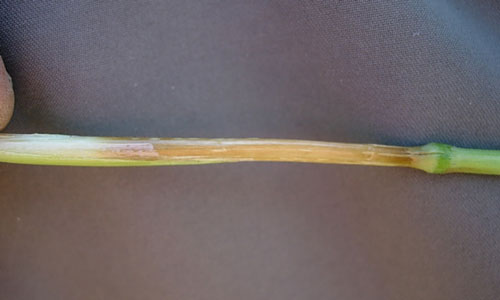
figure 4: weakened stem with leaf sheaths removed showing browning.
Wheat Management Decisions
As it becomes clearer whether or not a field is worth keeping, the main question is how to handle the plant matter out there. Some growers may be able to use the wheat for hay or haylage and that would certainly be a good option. If the wheat is to be destroyed, glyphosate is an effective option but the rate should be kept high due to the very slow growth of the wheat (figure 5).Gramoxone or Liberty may also be an alternative, especially if going to corn and atrazine can be applied in combination with either of these herbicides. However, neither Gramoxone nor Liberty alone will provide effective control of most wheat stands. It will most likely be difficult to get decent coverage of lodged wheat with any herbicide treatment, especially contact herbicides like Gramoxone or Liberty. Tillage could be an alternative but is not required. For soybeans or corn that are glyphosate tolerant, then any post-emergence glyphosate application would kill surviving wheat plants.
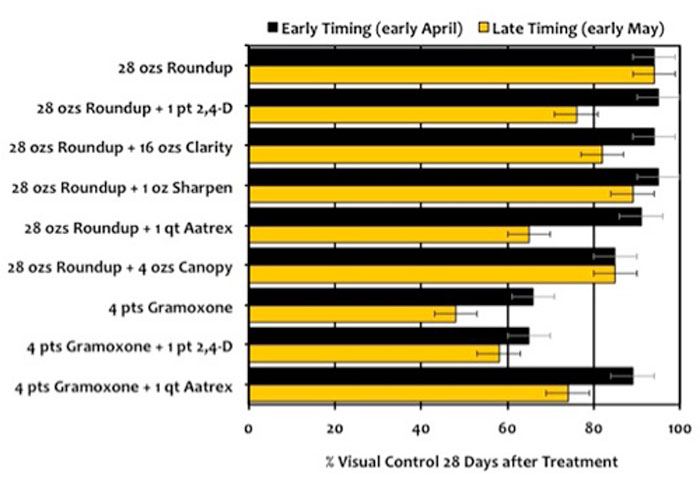
figure 5: Influence of herbicide treatments and application timings on the control of wheat (results averaged across 3 years).
If wheat is insured then you will need to follow the requirements agreed upon with your insurance company pertaining to recrop options.
Again, jointed wheat is the biggest concern and with the recent freeze occurring in mid-March, there is ample time to evaluate wheat stands and not rush to a decision if the stand is in question.
Subscribe to receive similar articles sent directly to your inbox!
REVISED: February 21, 2017